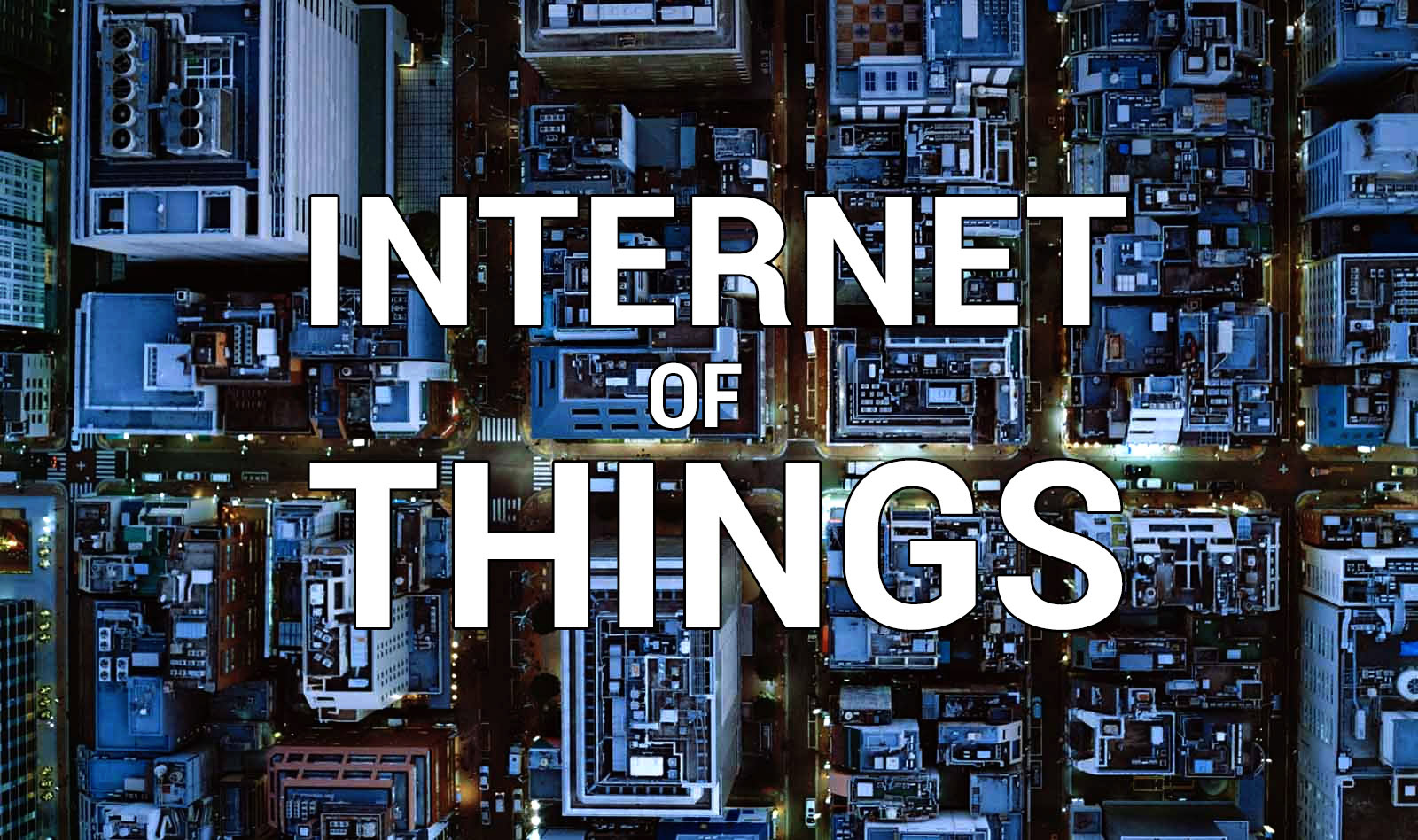Affiliate links on Android Authority may earn us a commission. Learn more.
ARM's CEO reveals his IoT wishlist

There is a 99 percent chance that your smartphone is using a processor based on a design from ARM. Qualcomm, Samsung, MediaTek, even Apple all make processors based on ARM’s designs and/or compatible with the ARM Architecture. But ARM isn’t just into complex CPUs and GPUs. It also designs a range of microcontrollers, and they are proving to be just as popular. In 2014 alone, ARM’s partners shipped some 4.4 billion microcontrollers based on ARM’s Cortex-M designs.
Microcontrollers are used for the jobs which don’t require a full microprocessor. They don’t have GPU, they only have a few K of memory and they run at much lower speeds. As a result they consume much less power. As well as being used to control the display on your oven or as the brains in wearables like the FitBit, ARM’s microcontrollers are also perfect for the Internet of Things.
[related_videos title=”Related Videos” align=”center” type=”custom” videos=”606709,595056,588495″]
ARM’s chief executive Simon Segars was recently at the Imec Technology Forum where he shared his wish list for the IoT. His wish list isn’t about what he wants to see from the clever folks at ARM’s R&D labs, but rather what we would like to see for IoT in general.
The first thing he would like to see is new non-volatile memories. “Flash is great, but for IoT devices it’s not so good — it’s power hungry, its area is too big and it’s unreliable,” said Segars. “We need high density with reliability and low-voltage operations that involves not just scaling today’s flash down, but a really low-cost process with fewer steps to integrate into devices.”
A jet engine produces 20 terabytes of data per hour during flight.
Another area where Segars would like to see new innovation is in “Fog Computing.” You have probaly heard of Cloud Computing and if you use any of Google’s services you will be using it (even if you don’t know what it is called). With Cloud Computing all the services are provided via servers and storage somewhere on the Internet. It is cloud in that it is amorphous.
However there is an IoT data onslaught coming and the volumes of data that will be produced by billions of IoT enabled devices is too large to be handled by the cloud. As a result some of the bandwidth, storage and processing of these data needs to happen closer to the actual data source. For example there are some 46 million smart meters in the U.S. at the moment and they are producing 5 terabytes of data per day. Even worse, a jet engine produces 20 terabytes of data per hour during flight. The combined data produced by homes, office, factories, and machinery will far exceed what the abilities of the Cloud.
So the next paradigm is Fogging where some of the bandwidth, storage and a processing is handled locally. This job won’t be handled by a single server, however it will be done piecemeal by the IoT devices themselves and/or by the supporting gateways and hubs. Once the data has been processed locally, the important data will be sent further up into the cloud. “This is what 5G networks are all about — network providers are looking at the equivalent of set-top boxes in the neighborhood,” said Segars.
We’re at one of the most interesting points in the history of computing.
In closing Segars said, “We’re at one of the most interesting points in the history of computing – it’s been about high performance, but it will become much more about distributed resources.”
This last comment is really key to understanding IoT. Before it was all about performance, the fastest CPU, the fastest GPU, and so on. And that will always be true to a point, however the real power of IoT is in getting lots of low energy devices to work together to produce something that is bigger than the sum of all its parts.